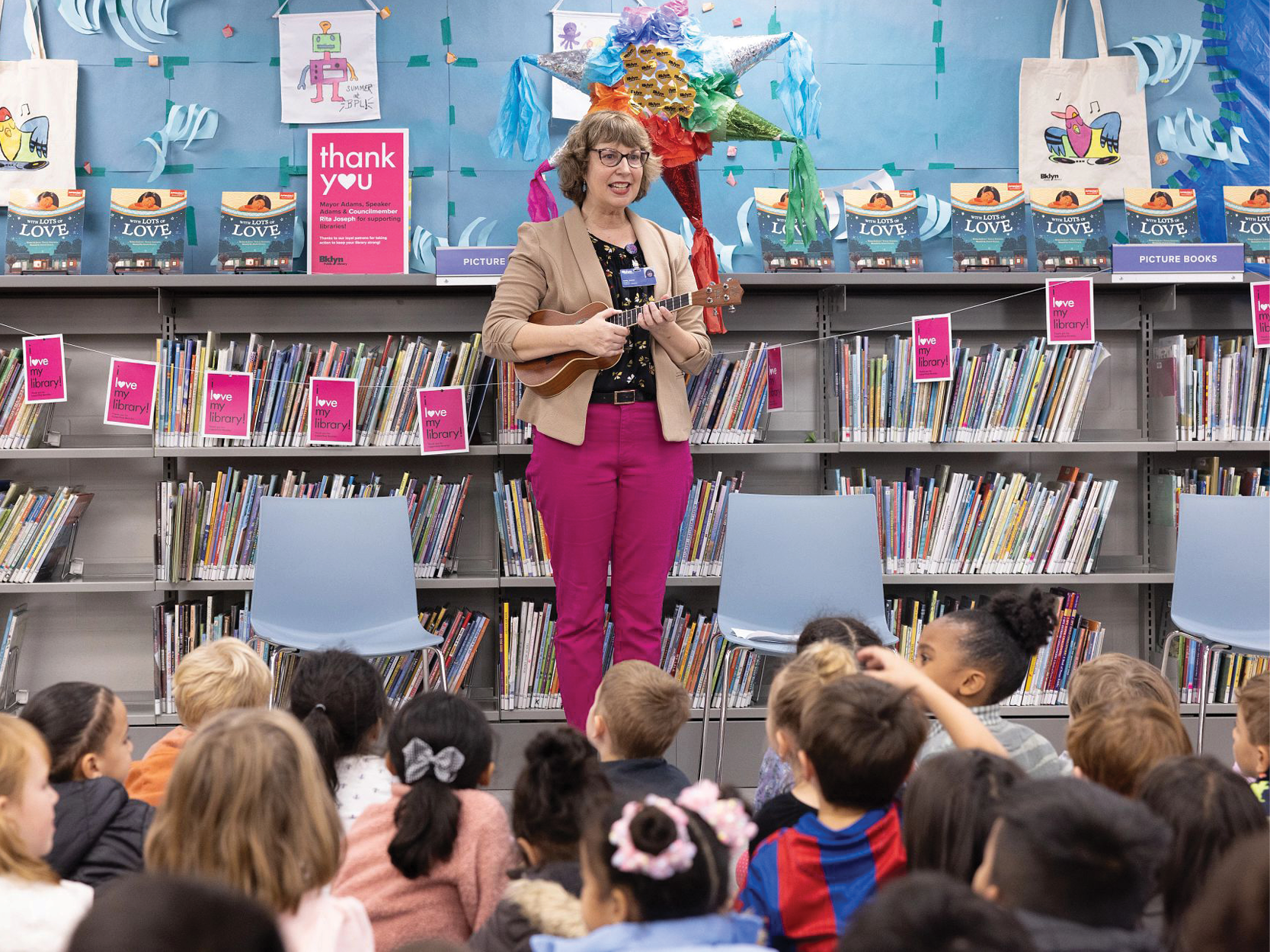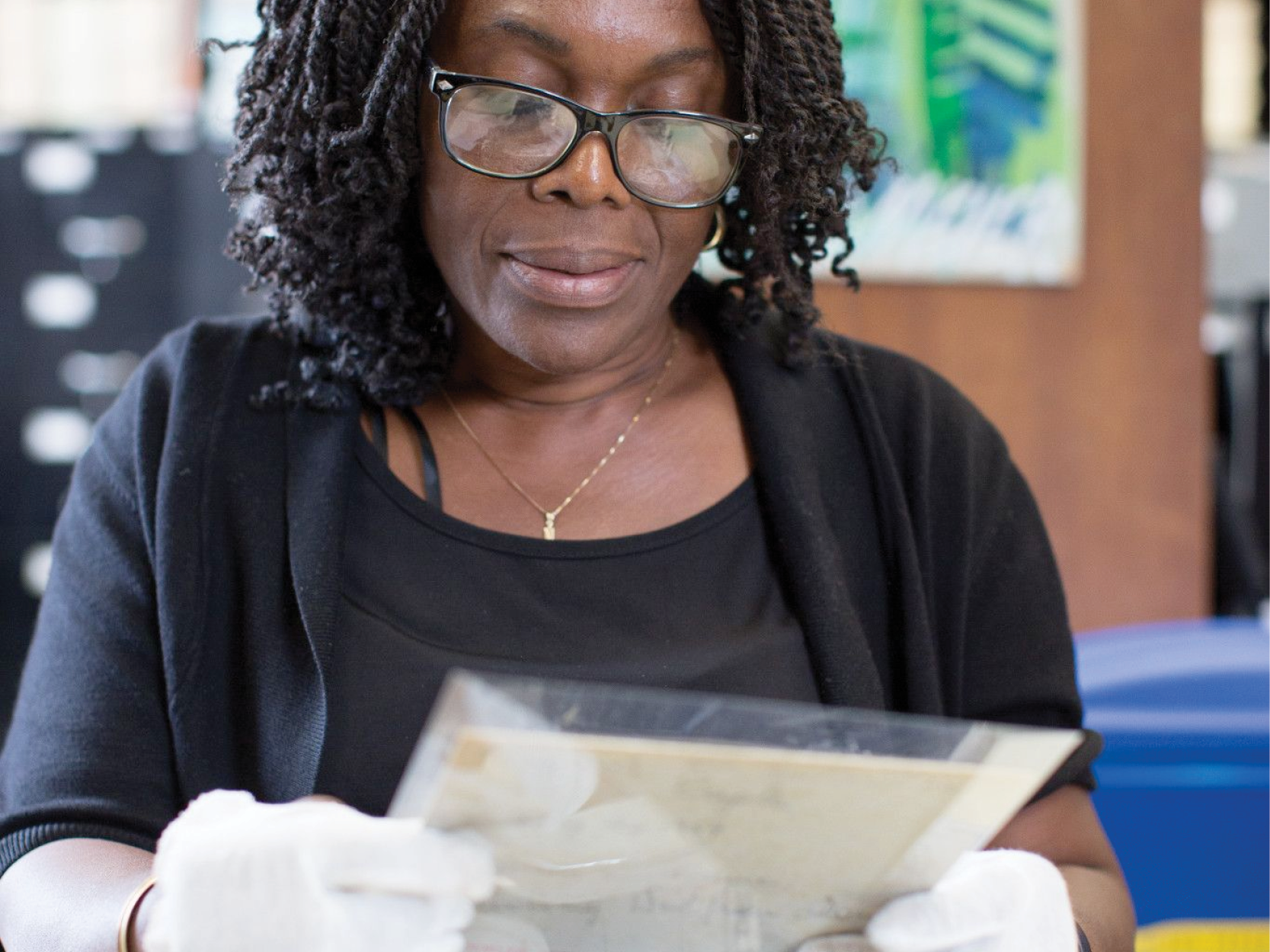No one knows when the "first" thanksgiving occurred. People have been giving thanks for as long as people have existed. Indigenous nations all over the world have celebrations of the harvest that come from very old traditions; for Native peoples, thanksgiving comes not once a year, but every day, for all the gifts of life. To refer to the harvest feast of 1621 as "The First Thanksgiving" disappears Indian peoples in the eyes of non-Native children. - Deconstructing the Myths of "The First Thanksgiving by Judy Dow (Abenaki), from A Broken Flute: The Native Experience in Books for Children, eds. Doris Seale (Santee/Cree) and Beverly Slapin, Oyate, 2005.
There are many historical inaccuracies and omissions in American history and the traditional story of the “first Thanksgiving” is a source of many. In our most recent Antiracist Children’s Services meetup, we examined misinformation about the origins of this holiday and suggested books, videos and events which focus on many Indigenous people's experience of this holiday.
Unsettling the “first Thanksgiving”
This video, designated for Kindergarten-3rd grade, presents a more honest history of the so-called “first Thanksgiving” produced by BrainPop in consultation with the Native American marketing agency, SmokeSygnals. You can hear more of a Wampanoag retelling of Thanksgiving in this interview with Steven Peters of SmokeSygnals on Indian Country Today, starting around the 7:30 mark.

BrainPop Online Resource
BrainPop features a learning site of children’s activities including animated movies, learning games, vocabulary lists, and mind maps specifically on Thanksgiving for kids, teens and young adults. Access this resource and search for “Thanksgiving” to find out more. (Ages 3 and up)
Access the Resource
1621 : a new look at Thanksgiving written by Catherine O'Neill Grace and Margaret M. Bruchac (Abenaki) with Plimoth Plantation ; photographs by Sisse Brimberg and Cotton Coulson
Produced in collaboration with the Wampanoag Indian Program at Plimoth Plantation, 1621 weighs Wampanoag oral traditions and English colonial written records against the popular myth of “brave settlers inviting wild Indians over for turkey dinner.” Stunning photographs, accompanied by simple, thoughtful text, are designed to walk the young reader into the dual perspectives of Native peoples and English colonists in Patuxet/Plymouth. The text, written for a young audience but not solely for children, also offers insights into the relationship of the Wampanoag people to their traditional homelands, and survival into the present. As well, 1621 addresses the harsh reality of the subsequent colonial history. Along with Giving Thanks and Thanksgiving: A Native Perspective, 1621 is an excellent tool for deconstructing the myths of 'The First Thanksgiving.' " - Oyate (Nonfiction, Grades 4 and up)
Check the Catalog
If you lived during the Plimoth Thanksgiving written by Chris Newell; illustrated by Winona Nelson
“A welcome addition to the picture book history collection. Newell is a member of the Passamaquoddy Tribe; Nelson is a member of the Leech Lake Band of Minnesota Chippewa. Together they provide an account of the arrival of the of English colonists to the shores of North America in a region where the Wampanoag, the People of the First Light, had been living for thousands of years. Providing alternating information from the perspectives of the Wampanoag (and other tribes and nations) and European colonists offers a more comprehensive [sic], full-circle look at these events and their devastating aftermath.” School Library Journal (Nonfiction, Grades 2-5, Ages 8-12)
Check the Catalog
A Day of Mourning and Protest
For many Indigenous people, Thanksgiving is a day of mourning and protest against settler colonialism in their homelands. Here are some videos, events and books that honor and learn from this experience.
- [Documentary] National Day of Mourning (2020)
“This video, created by Native America marketing agency SmokeSygnals, tells the story of the National Day of Mourning. The protest takes place on Thanksgiving every year since 1970, 50 years ago this year, to highlight the suffering of the Native American people.” - Mayflower 400 UK.
- [LIVE] National Day of Mourning (2021) Thursday, Nov. 25, 2021, 12 pm EST
“Since 1970, Indigenous people & their allies have gathered at noon on Cole's Hill in Plymouth to commemorate a National Day of Mourning on the US Thanksgiving holiday. Many Native people do not celebrate the arrival of the Pilgrims & other European settlers. Thanksgiving Day is a reminder of the genocide of millions of Native people, the theft of Native lands and the erasure of Native cultures. Participants in National Day of Mourning honor Indigenous ancestors and Native resilience. It is a day of remembrance and spiritual connection, as well as a protest against the racism and oppression that Indigenous people continue to experience worldwide.” - United American Indians of New England
The people shall continue written by Simon Ortiz ; illustrated by Sharol Graves
Told in the rhythms of traditional oral narrative, this powerful telling of the history of the Native/Indigenous peoples of North America recounts their story from Creation to the invasion and usurpation of Native lands...The People held onto their beliefs and customs and found solidarity with other oppressed people. And despite struggles against greed, destruction of their lands, and oppression, The People persisted. - Lee & Low Books (Nonfiction, Poetry, Grades 1 - 8)
Check the Catalog
We are water protectors written by Carole Lindstrom ; illustrated by Michaela Goade
Inspired by the many indigenous-led movements across North America (otherwise known as Turtle Island), this bold and lyrical picture book issues an urgent rallying cry to safeguard the Earth's water from harm and corruption. Especially as they pertain to their collective loss of land and water rights since the arrival of European settlers. It also touches on appreciating and being thankful for water and the earth. It remains relevant as members of the Wet’suwet’en people defend their unceded land and waters of Wedzin Kwa from the destructive Coastal Gas Link pipeline. (Mythological fiction, Ages 5-12)
Check the Catalog
Crossing Bok Chitto : a Choctaw tale of friendship and freedom written by Tim Tingle ; illustrated by Jeanne Rorex Bridges
Crossing Bok Chitto is an awesome story of survival, generosity, courage, kindness and love; enhanced by Jeanne Rorex Bridges’ luminous acrylic on watercolor board paintings on a subdued palette of mostly browns and greens. In an endnote, Tingle describes how this particular story came to be. Today, Choctaw families—as well as Cherokee, Chickasaw, Creek and Seminole—continue to tell the stories of how they aided the 'runaway people of bondage.'” - Beverly Slapin (Fiction, Grades 2-5).
Check the Catalog
Resources for Educators
- A Story of Survival: The Wampanoag and the English, Presented by the Oklahoma City Public Schools, Native American Student Services.
“This booklet is designed to give teachers a place to begin when designing their lessons for Thanksgiving. It is written from a perspective of the Indigenous people of our country. We want to acknowledge and recognize the Wampanoag People for being forgotten in the Thanksgiving story for so many years in our country’s education system. We hope that teachers near and far use this booklet as a jumping off point to stir their soul, creativity and skills to teach ALL children the truth about Thanksgiving.” Dr. Star Yellowfish (Keetoowah Cherokee).
- A Racial Justice Guide to Thanksgiving for Educators and Families, compiled by Center for Racial Justice in Education.
“This guide provides resources that range from lesson plans to narratives that uplift the perspectives and contributions of the Native American community.”
- Thanksgiving Mourning (grades 6-12) by Learning for Justice.
“In this activity, students will explore the perspectives of two Native American authors about the meaning of the Thanksgiving holiday and then write journal entries.”
Giving Thanks, All Year Round
Many Indigenous people celebrate Thanksgiving, but this tradition is not something that began in 1621. It is something that has been celebrated at harvest times and even throughout the year. Looking forward, we encourage you to celebrate gratitude with these books from Indigenous authors
Giving thanks : A native american good morning message written by Chief Jake Swamp; illustrated by Erwin Printup, Jr.
Known as the Thanksgiving Address, this Native American good morning message is based on the belief that the natural world is a precious and rare gift - from the moon and the stars to the tiniest blade of grass. (Picture book, Poetry, All grades)
Check the Catalog
We are grateful : otsaliheliga written by Traci Sorell ; Illustrated by Frané Lessac
The Cherokee community is grateful for blessings and challenges that each season brings. This is modern Native American life as told by an enrolled citizen of the Cherokee Nation. The word otsaliheliga (oh-jah-LEE-hay-lee-gah) is used by members of the Cherokee Nation to express gratitude. Beginning in the fall with the new year and ending in summer, follow a full Cherokee year of celebrations and experiences. Written by a citizen of the Cherokee Nation, this look at one group of Native Americans is appended with a glossary and the complete Cherokee syllabary, originally created by Sequoyah. (Picture book. Grades 4-8)
Check the Catalog
This blog post reflects the opinions of the author and does not necessarily represent the views of Brooklyn Public Library.
Post a Comment
While BPL encourages an open forum, posts and comments are moderated by library staff. BPL reserves the right, within its sole discretion, not to post and to remove submissions or comments that are unlawful or violate this policy. While comments will not be edited by BPL personnel, a comment may be deleted if it violates our comment policy.
eNews Signup
Get the latest updates from BPL and be the first to know about new programs, author talks, exciting events and opportunities to support your local library.







